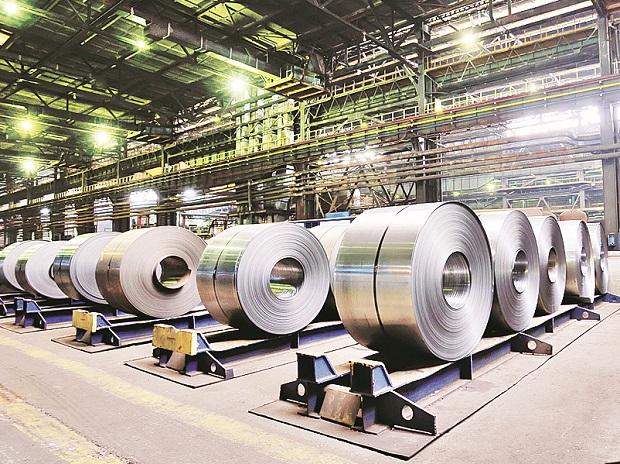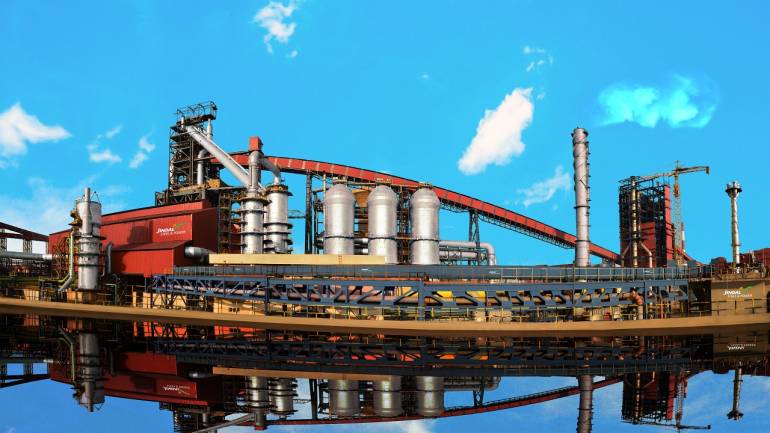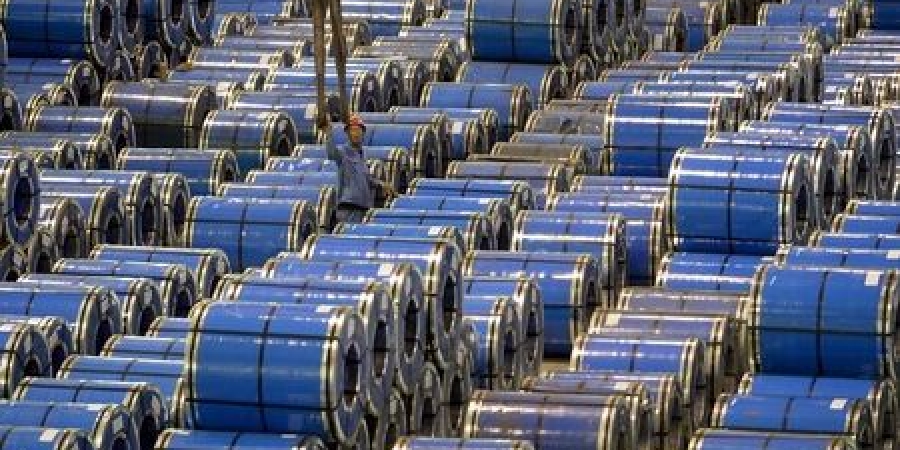OdishaPlus Bureau
Even though Odisha has plans to become a big player in steel and aluminum, the reality is something depressing.

The biggest worry being the availability of raw material. Whether it is bauxite, iron ore or even coal there is huge uncertainty and industry captains aren’t sure if they can keep their plants going. It is in this context that the concerns of major investors have to be analyzed.
Odisha is touted to be rich in minerals, but when it comes to making them available to industries there is massive trouble. Investors in Odisha are so restive due to dearth of raw material that they had to request the Government for making provisions.
 Jindal Steel and Power Limited (JSPL) chairman Naveen Jindal recently raised the issue with the new Chief Secretary Asit Tripathy. The JSPL has invested Rs 47,000 crore by setting up the largest steel plant in the State. Besides, its steel plants have created employment in thousands. Yet, the JSPL buys about 1 million tonnes of iron ore every month from merchant miners.
Jindal Steel and Power Limited (JSPL) chairman Naveen Jindal recently raised the issue with the new Chief Secretary Asit Tripathy. The JSPL has invested Rs 47,000 crore by setting up the largest steel plant in the State. Besides, its steel plants have created employment in thousands. Yet, the JSPL buys about 1 million tonnes of iron ore every month from merchant miners.
Vedanta Limited, the largest investor in the State, is also facing a tough time. The company has already invested Rs 52,000 crore and is expanding its refinery at Lanjigarh with a new investment of Rs 6,500 crore. The Odisha Government itself has approved the expansion project. For a 6-MTPA plant, it requires 18 MTPA bauxite and the Vedanta has ‘zero raw material security.’ In the absence of bauxite availability, operations at Lanjigarh will be difficult to run.

So is steel. What ails the steel industry in Odisha is trouble-free availability of iron ore. The state has 47 steel plants with a total installed capacity of 32.24mtpa. Of the 47 steel plants, only two are in the government sector while the remaining has been established by private companies. But the nagging question is providing captive mines to each of the players. In regard to dedicated mines, here too there should be equal opportunity. The Steel Industry should get priority and must be integrated with captive iron ore mining for sustainable growth. The state government needs to make sufficient numbers of mineral block available to the steel sector to build competitive strength of the manufacturing sector.
In Odisha, more than 75% of the Steel plants do not have captive mines and are dependent on merchant miners. Since iron and steel plants cannot compete with merchant miners on account of their heavy debt and which is worsened by low demand. So, it becomes imperative on part of the state government to facilitate allotment of captive mines to the big players. Unless the issue is addressed forthwith, it would hit the future of many major stakeholders which ultimately will affect the overall industrial growth of Odisha.




















